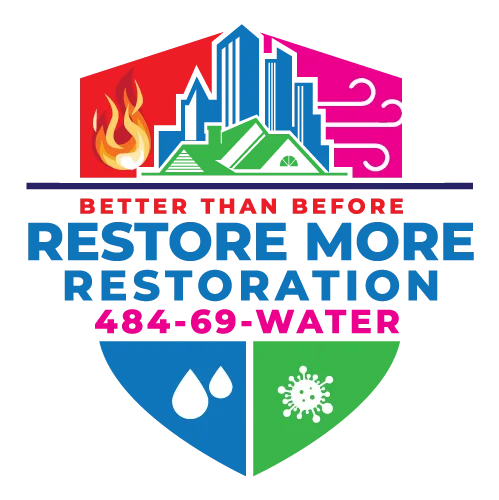The Hidden Dangers Lurking in Your Home’s Dust: Expert Insights from Danielle Mortimer

As one of only a few female owners of a leading water, mold, fire, and biohazard restoration company in the country, I’ve seen firsthand the impact of seemingly harmless household dust on our health and well-being.
This month’s Consumer Reports article, “The Danger in Your Dust,” illuminates a critical issue many homeowners overlook.
Today, I want to explore this topic further and share my expertise on how to keep your home clean, safe, and healthy.
As the conversation about indoor air quality and home health grows, informed, expert voices must lead the discussion.
With my extensive fire safety, water restoration, and mold remediation background, I’m uniquely positioned to provide valuable insights on these critical issues.
The Invisible Threat: What’s Really in Your Home’s Air?
Consumer Reports’ recent investigation has revealed that the dust floating in our homes could be more harmful than we realize. Managing a team of certified experts with 37 certifications and awards in fire, water, and mold restoration, I can attest to the importance of addressing this often-overlooked aspect of home maintenance.
Key Findings from the Consumer Reports Article:
- Dust composition: Your home’s dust is a complex mixture of dead skin cells, pet dander, dust mites, pollen, and potentially harmful chemicals.
- Health risks: Prolonged exposure to certain types of dust can lead to respiratory issues, allergies, and even more serious health concerns
- Hidden sources: Dust can accumulate in unexpected places, making thorough cleaning crucial.
Danielle also offers expert Tips for a Cleaner, Safer HomeAs a professional with extensive experience in fire investigation (CFI, CFEI, CVFI) and fire safety (CF1I, CFSI, FSO), I understand the importance of maintaining a clean and safe living environment. Here are some expert tips to help you combat the dangers lurking in your dust:
- Regular, thorough cleaning: Implement a consistent cleaning schedule, focusing on often-overlooked areas like ceiling fans, baseboards, and under furniture.
- Invest in high-quality air purifiers: Look for HEPA filters that can capture even the smallest particles.
- Control humidity: I manage a team of Master Water Restorers (MWR) and Mold Specialists (AMRT); I can’t stress enough the importance of maintaining proper humidity levels to prevent mold growth and dust mite proliferation.
- Upgrade your vacuum: Choose a vacuum with a HEPA filter and strong suction power to remove dust and allergens from carpets and upholstery.
- Use non-toxic cleaning products: As a Health & Safety Tech (HST), I recommend choosing natural, eco-friendly cleaning solutions to avoid introducing harmful chemicals into your home environment.
The Importance of Professional Assessment
While these tips can significantly improve your home’s air quality, sometimes professional intervention is necessary.
Having a team with Master Fire & Smoke Restorer (MSR) and Master Textile Cleaner (MTC) certifications, I’ve seen cases where seemingly minor dust issues were indicative of more serious underlying problems.
Our company’s extensive certifications and awards, including 26 Performance Awards, reflect our commitment to providing top-tier restoration and cleaning services.
We use advanced estimating systems, such as Xactimate, Marshall Swift, and Power Claim, to ensure accurate assessments and efficient solutions for our clients.
News Platforms
As the conversation about indoor air quality and home health continues to grow, informed, expert voices must lead the discussion.
With my extensive fire safety, water restoration, and mold remediation background, I’m uniquely positioned to provide valuable insights on these critical issues.
I invite news platforms and journalists to reach out for in-depth interviews and expert commentary on home safety, air quality, and the dangers lurking in our living spaces.
Together, we can educate the public and promote healthier, safer homes for all.
484-882-0971

